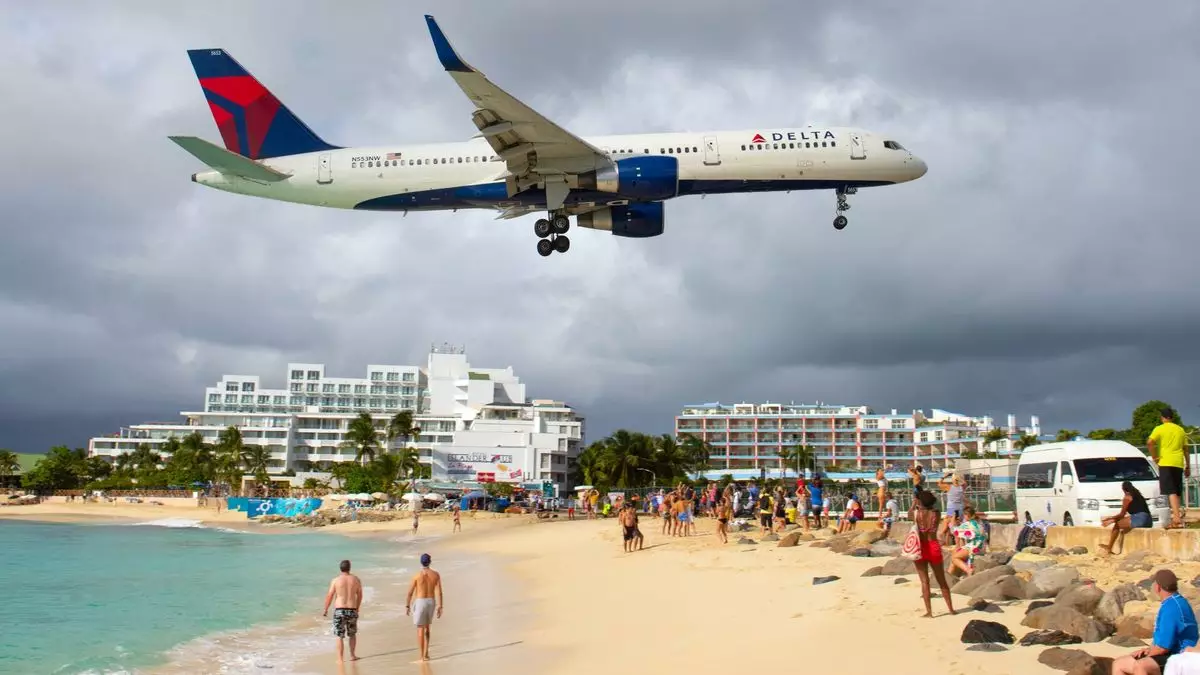The travel industry is bracing itself for a significant shift in airfares, particularly affecting Caribbean and Mexican destinations in 2025. Ray Snisky, president of ALG Vacations, provided insights during the recent ALG Ascend 2024 conference. In front of an attentive audience of around 1,300 travel professionals in Cancun, he emphasized a critical trend: cutbacks in airline capacity are anticipated to drive airfares higher next year. This viewpoint aligns with prevailing industry conditions, suggesting that travelers should adjust their planning strategies accordingly.
As part of a broader take on the market’s trajectory, Snisky’s assertions dovetail with insights from Delta Air Lines, which in their Q3 earnings report noted how capacity issues influence financial outcomes. Delta highlighted that while they experienced a period of overcapacity, deteriorating margins led to the company reevaluating its service schedules. Such decisions are becoming increasingly prevalent among airlines, particularly among discount carriers that have been scaling back operations in response to an oversupply that failed to stimulate demand during peak travel seasons.
Specifically, trends reflected in Cirium flight schedule data denote that in July 2023, there was a 5.8% increase in capacity compared to the previous year. However, this growth dwindled to only 1.2% by September, indicating a palpable shift toward reduced operation levels. For instance, Spirit Airlines has declared intentions to decrease its fourth-quarter capacity by a staggering 20% compared to 2022, underlining the urgency for travelers and travel advisors alike to recalibrate their expectations.
Given these developments, Snisky urged travel advisors and their clients to act promptly when making travel arrangements. The prevailing sentiment suggests that the once-common last-minute deals may become rare as inventory tightens, making early bookings a necessity rather than a mere option. In light of this, travelers and travel professionals must become more proactive in securing their travel plans.
The implications of these changes extend beyond airfare; they highlight a strategic pivot in how potential travelers should approach the planning process for vacations to popular destinations. In particular, Snisky noted that except for locales such as the Dominican Republic and Puerto Vallarta, most destinations are expected to face capacity reductions, making it crucial for both consumers and agents to navigate this daunting landscape with diligence.
As the travel industry continues to adapt to these circumstances, the role of travel advisors will become increasingly important. They must educate their clients on market dynamics, ensuring that travelers are aware of potential fare hikes and capacity constraints. As airlines adjust their offerings, the industry will need to maintain open lines of communication and prepare for the possibility of an evolving landscape—one where early planning could mean the difference between an affordable getaway and missed opportunities.
The recommended approach is clear: travelers should not only expect higher airfare but also remain flexible and informed as they map out future journeys. By adhering to this guidance, both travel advisors and consumers can position themselves more advantageously in a transforming marketplace.

